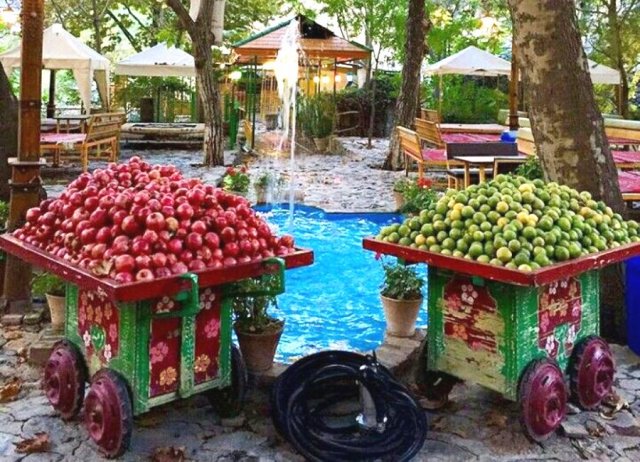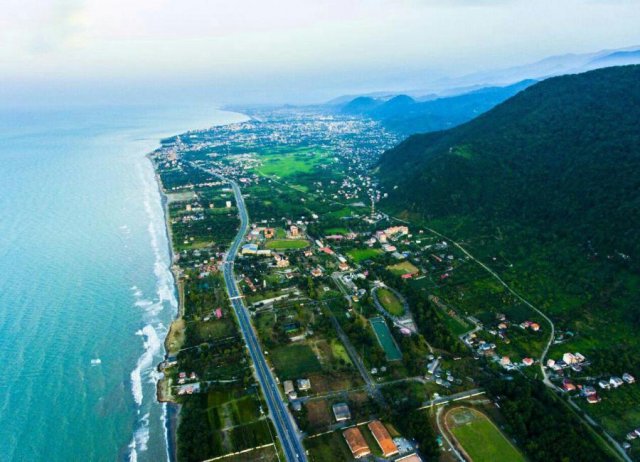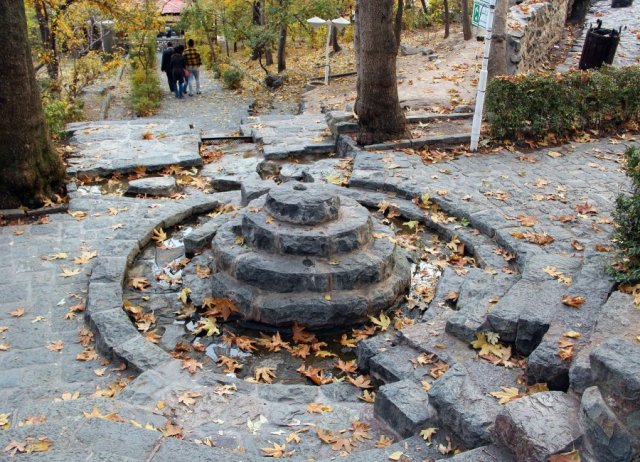The Badgirs of Yazd
Any summer visitor to Yazd will understand immediately why the city’s roofscape is a forest of badgirs (windtowers or ventilation shafts). These ancient systems of natural air-conditioning are designed to catch even the lightest breeze and direct it to the rooms below. To appreciate the effect, just stand beneath one.
Iranian badgirs are divided into three common types: Ardakani, which capture wind from only one direction; Kermani, which capture wind from two directions; and Yazdi, which capture wind from four directions. Other variations can capture wind from up to eight directions. All have a structure that contains the shafts, air shelves that are used to catch some of the hot air and stop it entering the house, flaps to redirect the circulation of the wind and a roof covering. The currents that enter the house often do so above a pool of cool water, thereby cooling the air, while the warm air continues its circular path, redirected upwards and out of the house through a different shaft. Genius!
In case you’re wondering, the horizontal wooden poles that stick out either side of the ventilation shafts have several functions. Primarily they are used as a scaffolding and hoist point for maintenance, but they also function as a pigeon roost, useful for the collection of guano for fertilizer. Equally, they are also part of the aesthetics of the structure, helping to give character, balance and distinction to each tower.
Points Of Interest
This village, at 1700m elevation and just north of the no-torious Evin Prison, is one of Tehran’s most pleasant urban escapes
At 370,000 sq km the Caspian (Darya-ye Khazar) is five times the size of Lake Superior.That makes it by far the world’s largest lake.
This popular in town escape stretches ever more steeply up the mountainside at Tehran’s northern edge



